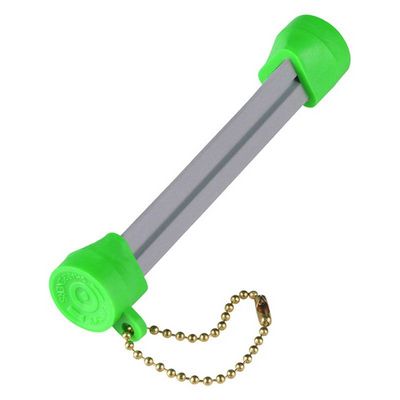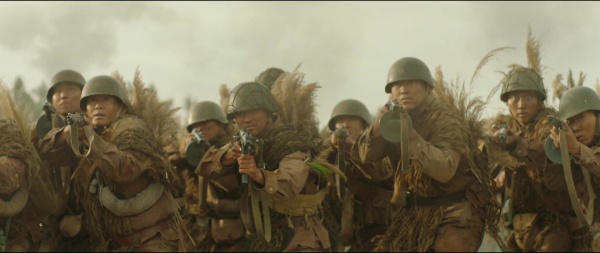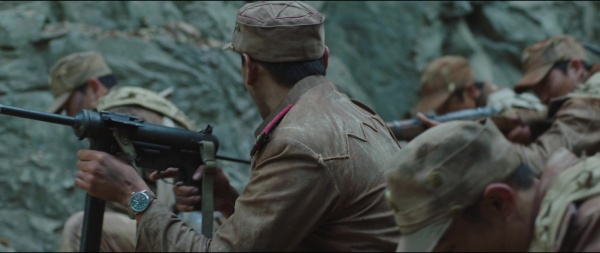As regular readers will know, the lock picking contingent of my EDC is rather small:
— A pair of Bogotas.
— A small snake rake.
— A double-ended turning tool.

Other items, such as the three-inch pocket prybar, may have applications in bypassing locks. When the barrel of my doorlock came out with my key, it was the long file on my Swiss Army Knife that was needed to open the door.
Today I will bring you two interesting videos on lock picking and bypass tools for EDC. Credit to Dean for directing me to the first one.
While I have done a bit of lock picking, I don’t have as much experience with bypass techniques as I might wish. When the zombies come, I will be grabbing my kukri, crowbar and brick hammer. Those will bypass a few obstacles!
Some thoughts on the suggestions:
— The plastic shim seems like a very prudent choice.
— I have never used them, but padlock shims might be worth having. I seem to recall padlock shims can be cut from soda or beer can material. The edges of these will probably be surprisingly sharp, so take care.
— I have a number of bobby pins in my general EDC pouch. These are in a bag with some paper clips and about a dozen safety pins. A few weeks back some of these safety pins were used to repair my girlfriend’s jeans.
— I have some comb-picks, but have not been able to open any locks with them. The same can be said of my set of jiggler keys, although I suspect the latter are intended for car doors since they are too large for all my locks. Most keyways I encounter have kinks in them, so the straight combs and jigglers would be difficult to insert or move within them. I think my Bogottas and snake are a more effective and versatile option.
— Similarly, my set of skeleton keys stays at home since large warded locks seem to be relatively uncommon. If long enough, a bypass knife may serve instead. The small warded locks often used on luggage can be popped by a variety of implements, including sturdy picks like the Bogotas.
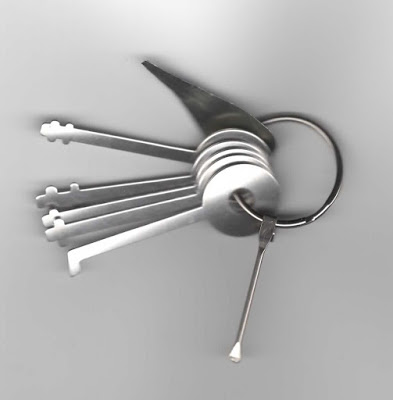
— My bunch of skeleton keys includes a decoder I made from a cut-out shape of soda can (top). I do not think I have tried it out, since I seldom encounter combination locks. There are ways to crack combination padlocks without a decoder tool, and I have used these at least once.
— A bypass knife seems worth having. My Serenity Plus kit includes one that came with a set of my Chinese picks. I cannot recall if I have ever opened anything with it. Most of my padlocks are not vulnerable to this technique. I plan to try making a bypass knife that will fit in my EDC.

— The mini-slim-jim is interesting. Obviously this is too short to be used to open car doors. That is probably not a drawback given the number of vehicle vulnerable to slim-jims is probably decreasing every year. The mini-slim-jim is actually intended to bypass the latches of doors. The large notch on the tool is probably a legacy of its ancestry. Sparrows makes several sizes of slim-jim. They also make the “Hall Pass”, which is a credit-card-shaped tool in either metal or plastic. Southern Specialities offers their own design of tool for latches, the “Multipass”.

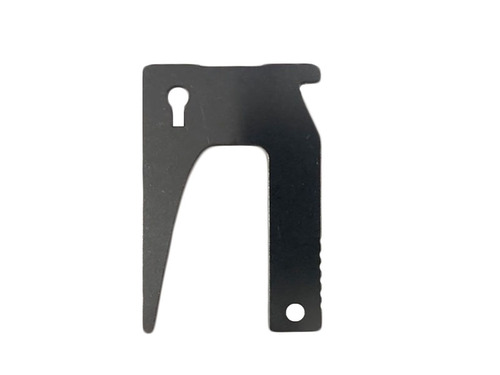

I have tried making something similar out of an old plastic card. I didn’t have any success opening a door, but at the time I had yet to locate the correct dimensions. I am also now more familiar with the manual technique needed, so it might work better in future.
I have, however, managed to pop a latch using a TOK turning tool. This experiment seemed to indicate that a traveller hook may be a better way to attack a latch than a slim-jim. Being able to rotate the tool would have advantages. This is what the bent piece of music wire in the first video is intended for.
I may try to fabricate a traveller hook that can fit in my EDC. Sparrows sell two sizes of traveller hook (also called traveller’s, travellers, shrum tool or travelling hooks). Auto-stores sell something similar as “O-ring pullers”. Skewers, ejector pins and music/piano wire can be used to fabricate traveller hooks. For reference, the Sparrow hooks use shanks 2.6mm (0.1 inch) thick.
Latches can sometimes be opened by threading a cord or wire behind them.


